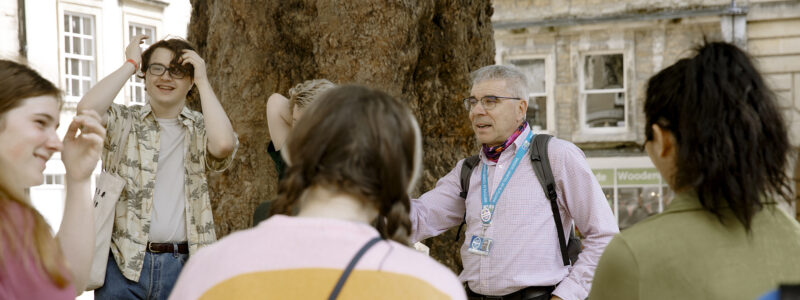History
The Institute of Tourist Guiding was set up in 2002 and has since been instrumental in raising the profile and status of qualified tourist guiding nationally and internationally.

The Institute was founded in March 2002. Prior to this date, the Blue and Green Badge qualifications had been managed by Regional Tourist Boards and the London Tourist Board but these bodies were dissolved. This created an opportunity to establish a Government-approved Institute, wholly operated by very experienced guides, to codify, nationally, the highest standards of tourist guide training and qualifications that are now internationally recognised.